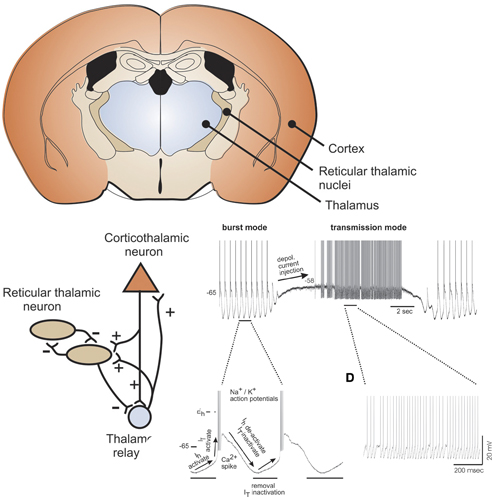Hyperpolarization-Activated Cation Channels: From Genes to Function
09-Jul-2009
Physiological Reviews, 2009, doi:10.1152/physrev.00029.2008, published on 09.07.2009
Physiological Reviews, online article
Hyperpolarization-activated cyclic nucleotide-gated (HCN) channels comprise a small subfamily of proteins within the superfamily of pore-loop cation channels. In mammals, the HCN channel family comprises four members (HCN1-4) that are expressed in heart and nervous system. The current produced by HCN channels has been known as Ih (or If or Iq). Ih has also been designated as pacemaker current, because it plays a key role in controlling rhythmic activity of cardiac pacemaker cells and spontaneously firing neurons. Extensive studies over the last decade have provided convincing evidence that Ih is also involved in a number of basic physiological processes that are not directly associated with rhythmicity. Examples for these non-pacemaking functions of Ih are the determination of the resting membrane potential, dendritic integration, synaptic transmission, and learning. In this review we summarize recent insights into the structure, function, and cellular regulation of HCN channels. We also discuss in detail the different aspects of HCN channel physiology in the heart and nervous system. To this end, evidence on the role of individual HCN channel types arising from the analysis of HCN knockout mouse models is discussed. Finally, we provide an overview of the impact of HCN channels on the pathogenesis of several diseases and discuss recent attempts to establish HCN channels as drug targets.











